
Eric Bloom talks Blue Oyster Cult's studio albums
Although they've become one of the most popular and durable hard rock bands around, in their early days, most people didn't give Blue Oyster Cult much of a chance. “We were struggling for a long time," says guitarist and lead vocalist Eric Bloom. "We lived in a band house out in Great Neck, Long Island, and when I say 'lived,' it was more like 'just barely.' Nobody knew where we were going or we could afford to eat. Club dates sort of kept us alive.”
The five-piece band (then comprised of guitarist and singer Donald "Buck Dharma" Roeser, guitarist-keyboardist Allen Lanier, bassist Joe Bouchard and brother Albert Bouchard on drums, along with Bloom) were first known on the Long Island circuit as Soft White Underbelly. For a brief time, they went by the name Stalk-Forrest Group (given to them by manager and producer Sandy Pearlman) before ultimately deciding on the Blue Oyster Cult moniker.
Pearlman (who would later go on to work with The Clash) envisioned Blue Oyster Cult as being America's answer to Black Sabbath. Bloom says the group had no problems being pitched in this manner. "We were cool with it," he says. "As for myself, I was cool with anything that got me employed. I came from a bar band background, so the idea of being in a real group on a real record label that had a chance of making a living was amazing to me."
After a couple of false starts with both Elektra and Columbia Records, Blue Oyster Cult were back to scrounging up gigs wherever they could. Through a friend, they were booked to play at Camp Swan Lake in Bethel, New York ("in this giant plastic bubble"), where David Lucas, a successful jingle writer and producer, caught their set. Impressed, he offered to record the band at his Warehouse Recording Studio. On the strength of the demo, Pearlman nailed BOC an audition for Clive Davis, again at Columbia.
"Harry Nilsson was there," recalls Bloom. "The audition wasn't at a club, it was in a conference room at Columbia, which I thought was strange. In this row of chairs sat Clive Davis, a couple of A&R guys, Patti Smith [the singer was then dating band member Lanier] and Harry Nilsson. We had to play five feet in front of them."
Bloom, a huge fan of Nilsson's, was thrilled to be in the presence of the legendary singer-songwriter, but his heart sunk when Harry up and walked out in the middle of one of the band's songs. "I couldn't believe it," says Bloom. "Harry Nilsson walked out on our audition. I thought, That's it. We're through."
Nilsson soon returned and sat back down, but in Bloom's mind, the damage was done. After the group finished their set, Bloom approached Nilsson and asked him why he split. "He just looked at me like it was no big deal and said, 'I had to go have a cigarette.'" says Bloom. And as it turned out, Clive Davis liked the band and signed them.
Forty years after the release of their eponymous debut album comes Blue Oyster Cult –The Columbia Albums Collection, a career-spanning set comprised of 17 discs that includes the band's studio albums for the label, rarities, along with the highly collectible Some OTHER Enchanted Evening, a DVD of the band performing live in 1978.
In the following interview, Eric Bloom reflects on Blue Oyster Cult's Columbia studio albums. "It's pretty interesting to listen to a lot of this material," he says. "There's certain aspects of production that jump out at your, chords that started in one song and wound up in another, four years later. Everything is evolution... unless you're a creationist."
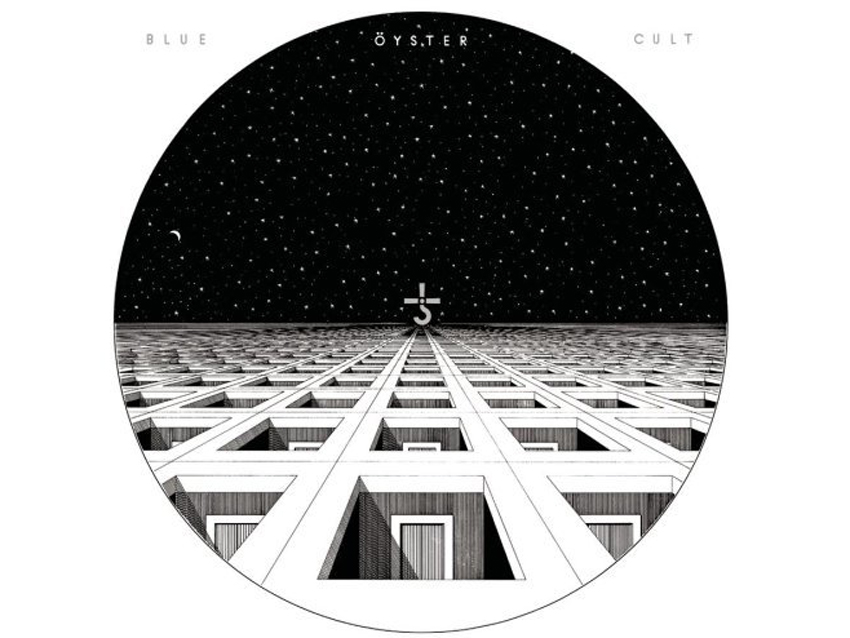
Blue Oyster Cult (1972)
“It was the culmination of us going from Underbelly to Stalk-Forrest to Blue Oyster Cult. A lot of the songs had evolved over a long period. We had been in studios, but I don’t know if we were all fully comfortable in the recording studio yet.
“It doesn’t sound real hi-fi to me. We did it on eight-track, and once you start overdubbing on multiple tracks, every time you do that you’re degenerating the sound of something else. Everything gets squashed in the mix. But the album is what it is. It’s our first record as Blue Oyster Cult in 1972. Analog, man! [Laughs] That’s going back.”
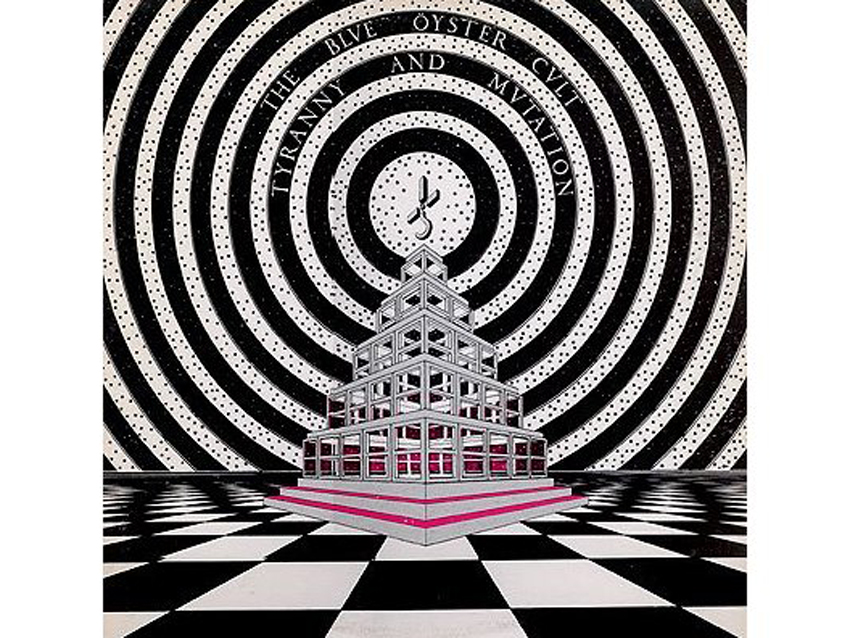
Tyranny And Mutation (1973)
“We went on tour with Alice Cooper and stayed out for a while. Most of Tyranny was written in hotel rooms. We had to do it that way, because the second we were off the road, we had to get another album out. In those days, you put an album out every year, or else you were forgotten about.
“The second we were ready with the material, we were shuffled into the studio to produce. And then we had to get back on the road so that we could eat. We were all on small salaries, and we were just getting by. Record, tour, record, tour – it was already becoming a pattern.
“Patti Smith is credited on one song, Baby Ice Dog. She never sat in a room and worked on anything with us. Mostly, Allen would take her lyrics from stuff she gave him or from her books of poetry. He’d take a set of lyrics and whip it into a song, or sometimes we’d work en masse in a band room with the words, creating the parts of the songs around the lyrics.
“One of the fun things about Tyranny is that we took I’m On The Lamb But I Ain’t No Sheep from the first record, rearranged it, re-recorded it and called it The Red And The Black. It’s the same song, same chords, but somehow nobody could tell.”
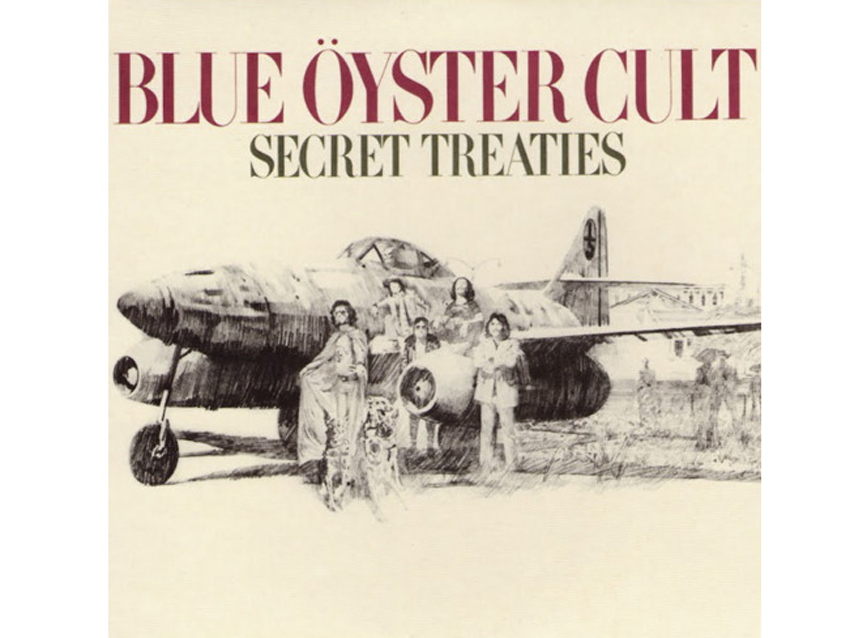
Secret Treaties (1974)
“This is my personal favorite. We had a band house in Eatons Neck, New York. I lived there by myself. By this point, everybody else had their own apartments or lived with girlfriends, so when the band left, I’d be there with all the guitars and equipment. I would work on ideas and tunes, some of which became songs like ME 262.
“Secret Treaties has been the basis of our live act since it came out. A lot of the fans love the songs on it, and it’s an album we feel very strongly about. It’s held up beautifully.
“The record has been called a blueprint for a lot of metal, but I can’t really speak about labels. That’s something somebody else thought of. When you write an album, you don’t sit there and say, ‘I’m going to write a proto-metal record.’ You just write what you write.”
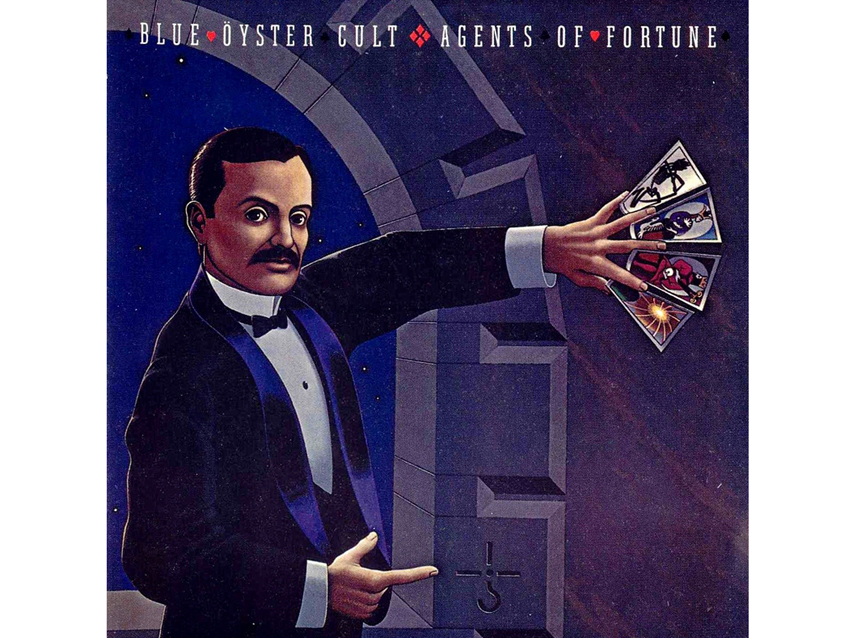
Agents Of Fortune (1976)
“We were getting more successful, which allowed everybody to go out and get four-track machines. Buck is a very good engineer, and he wrote (Don’t Fear) The Reaper at home, made a very good demo and came in with it. It sounded very polished right from the start.
“The opening guitar line is one everybody knows. Sting even admitted to me that it influenced him when he wrote Message In A Bottle. It was on the demo. Everything you hear on the record was on Buck’s demo – we just played it as a band and changed a few things.
“The cowbell... Man, I feel a little bad for Christopher Walken, who is stuck with people coming up to him and saying, ‘More cowbell!’ [Laughs] But it’s a great sketch, it’s incredibly funny, and you have to be flattered by it. More people probably know Reaper from that SNL sketch than those who knew the song to start with, which is incredible since it was a big hit.
“Actually, I’ll be honest: Some of us thought it was a little too commercial sounding at first. Shows you what idiots we were! [Laughs] But when people call us a metal band, I say, ‘Au contraire, have you heard (Don’t Fear) The Reaper?' That’s not metal at all.”
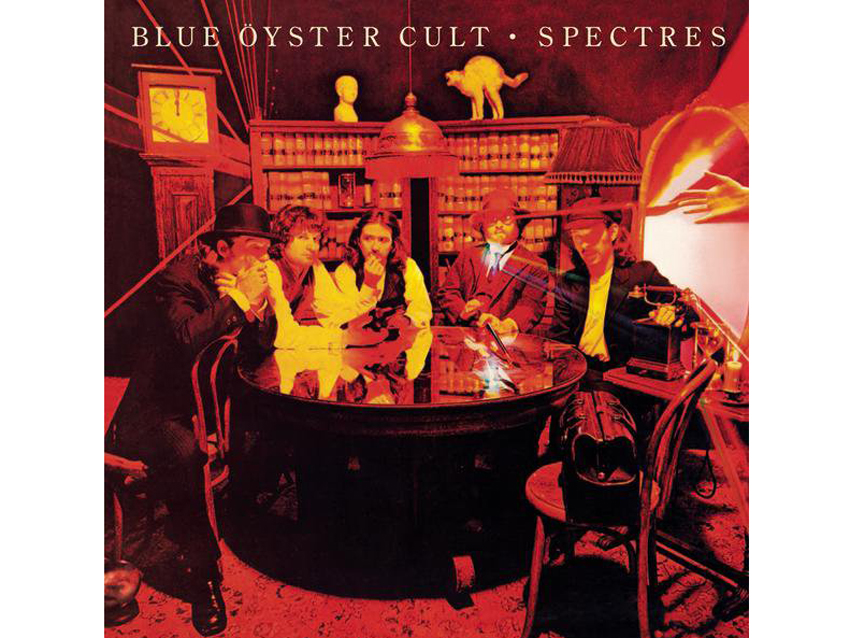
Spectres (1977)
“We had just come off a big hit, so we were probably trying to reproduce it in some ways. You can’t always do that, and Spectres wasn’t as big as Agents, but it still did extremely well and kept us going.
“Spectres has Godzilla on it. It’s a popular tune and is something that has been heavily identified with us. We play it live at most shows to this day.
“Actually, there’s a lot of good songs on the record. I wrote Goin’ Through The Motions with Ian Hunter, and I think that one’s pretty cool. And there’s I Love The Night, which is one of my favorite Buck tunes. The album went gold – it was our second gold record. Agents went gold and eventually made it to platinum. We were doing well.”
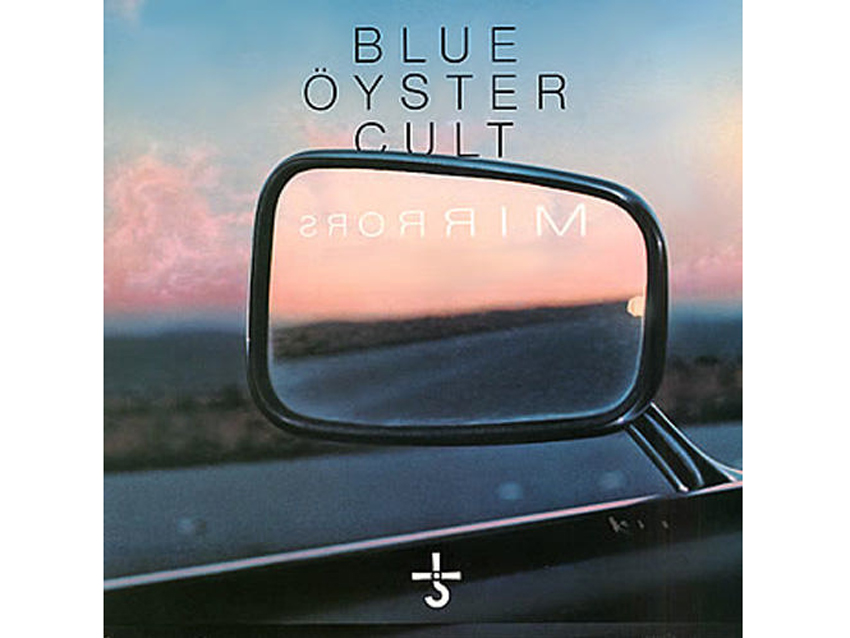
Mirrors (1979)
“Sandy didn’t produce this one. Looking back, I’m not sure whether it was our decision or his, but we recorded it in California with Tom Werman. He wasn’t the most pleasant guy to work with. He had his own ideas how things should go. We had our way of doing things, and he had his.
“I didn’t have a lot to do on Mirrors. My contribution was The Great Sun Jester. Overall, as an album, it’s not what I wished it would have been. There’s some people who really like it, but it’s not one of my favorites. But hey, you can’t change history. It is what it is.”
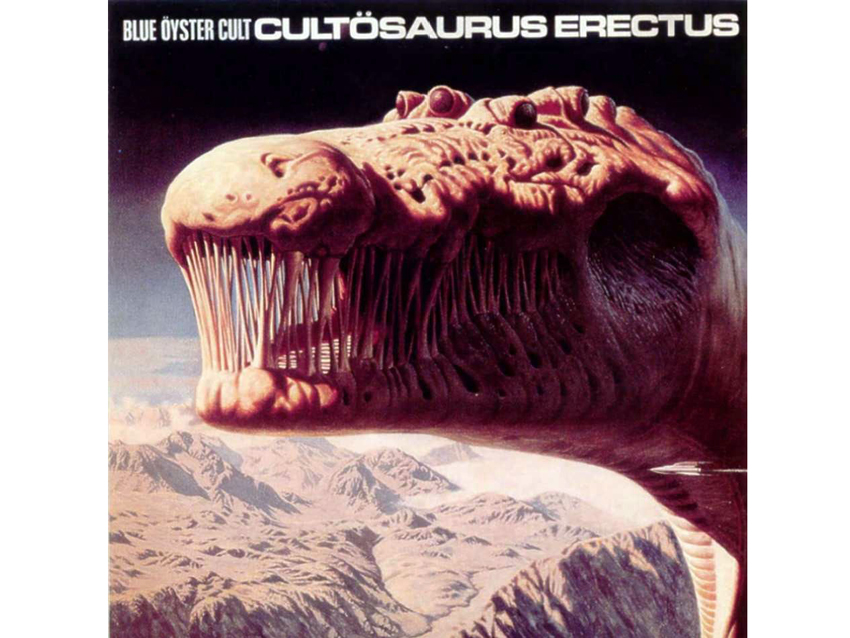
Cultosaurus Erectus (1980)
“A lot of good songs on this record. Black Blade is one I wrote, and then there’s Divine Wind, which Buck wrote during the Iran hostage crisis. The Marshall Plan we wrote in a room together. That was our first video, actually – we were still a year before MTV, but people were already anticipating there would be new ways of presenting music.
“Martin Birch is a great guy. I don’t know how we got him to produce – I think it was through our management – but we really enjoyed working with him. He was a bit of a madman, one of the boys, but super cool to deal with. Lots of fun.
“Aside from Marshall Plan, we were all writing independently. Everybody would bring in cassettes and say, ‘Here’s my song – what do you think?’ The record stands up as one of our better ones.”
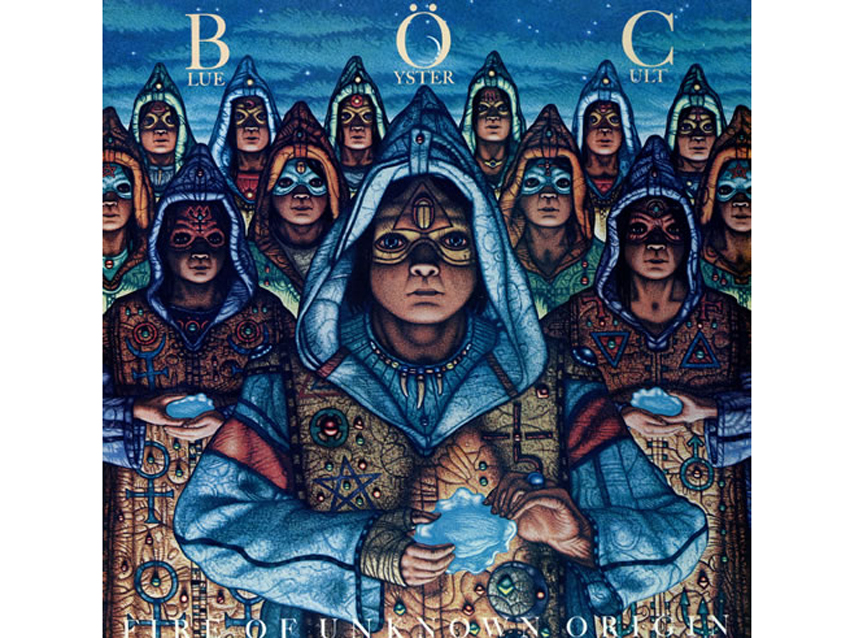
Fire Of Unknown Origin (1981)
“I think any BOC fan would salute this record. We’ve got Burnin’ For You, another big hit. Buck took lyrics from Richard Meltzer and turned it into a song. It has the same chord progression – B-A-G – as many tunes, including (Don’t Fear) The Reaper, but it sounds totally different. It clicked.
“I wrote Veteran Of The Psychic Wars, which got picked up for the Heavy Metal movie, so I got lucky there. Joan Crawford has a great piano by Allen – it was a live mainstay for us for many, many years. Fire Of Unknown Origin was another gold record for us.
“Patti Smith has lyrics on the title track. By this point, she was the queen of punk. She lived with Allen for eight years, so we saw a lot of her. I used to go to her poetry readings before anybody ever heard of her. She’s great.”
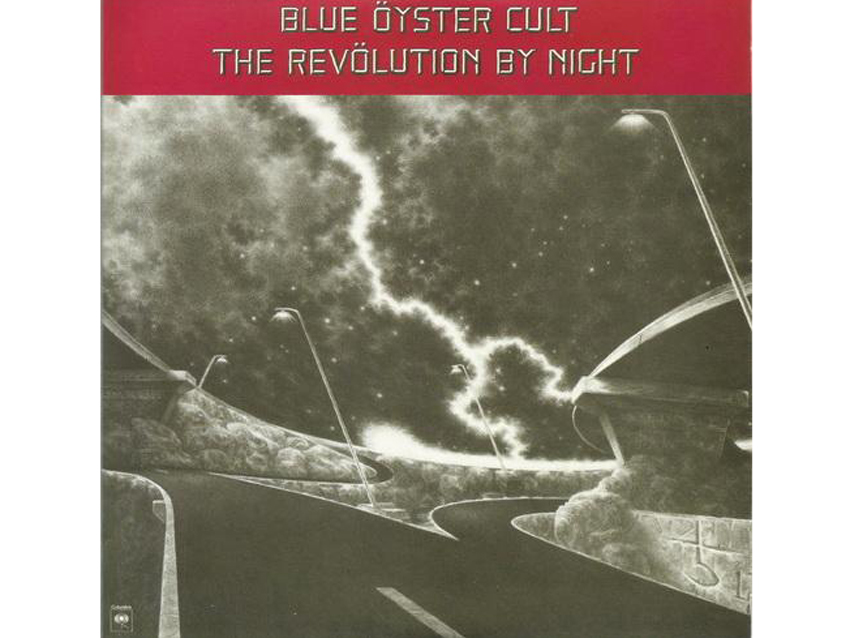
The Revolution By Night (1983)
“I wrote the song Take Me Away with Aldo Nova. He was being managed by Sandy, and at the time he was our opening act. He gave me a cassette of a song that was supposed to be on his first record. He said that people weren’t into it, but he always liked the music. I liked the music, too, so I sat down and wrote Take Me Away to it.
“It’s a strong album. Bruce Fairbairn produced it, may he rest in peace. We did a lot of the pre-production in our soundman’s loft in Brooklyn. He had this place that was right by the Brooklyn Bridge. We had to pay off the people who lived the building. We told them, ‘We’re going to be making a lot of noise, so here’s a few hundred dollars.’”
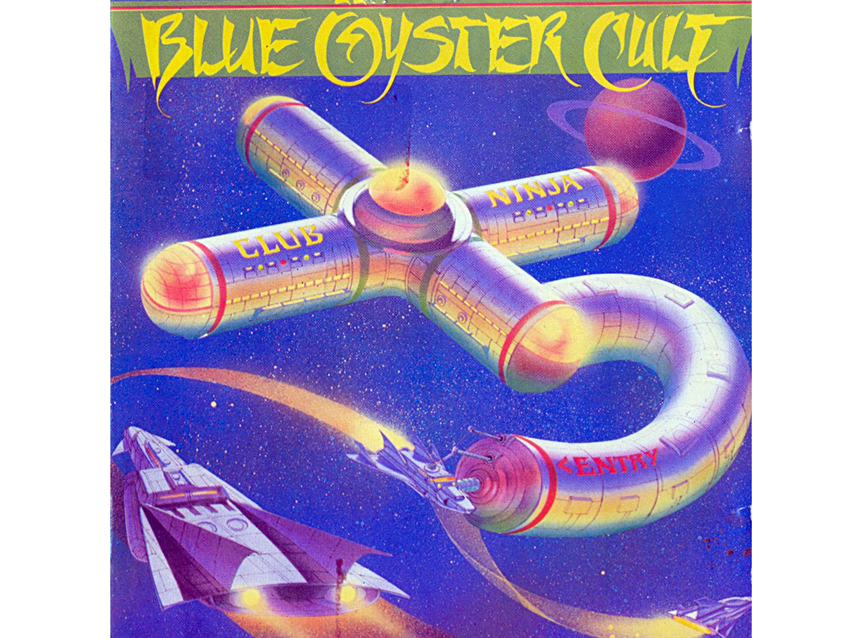
Club Ninja (1985)
“There was a movie called Teachers with Nick Nolte, and we were asked to write some songs for it. We never saw the film, but we were given a script. I wrote a song called Rebel, Buck wrote something called Summa Cum Laude, and Joe wrote a track called Double Talk. The songs never made the movie or the soundtrack, but they are on the 40th anniversary box set.
“The punchline to all of this is that Buck liked the music to my song Rebel, so we took that, Buck came up with a new melody, we got new lyrics, and it became the song Shadow Warrior. So we basically used what the people behind the movie didn’t want.
“Jim Carroll was a friend of the band, Allen’s friend mostly, and he contributed words to the song Perfect Water. When you’re in a band, you wind up being friends with other bands and artists. It’s funny how we were looked down on by some critics, but we were respected by the punk rock artists they championed. We’ll probably never be in the Rock And Roll Hall Of Fame, though.”
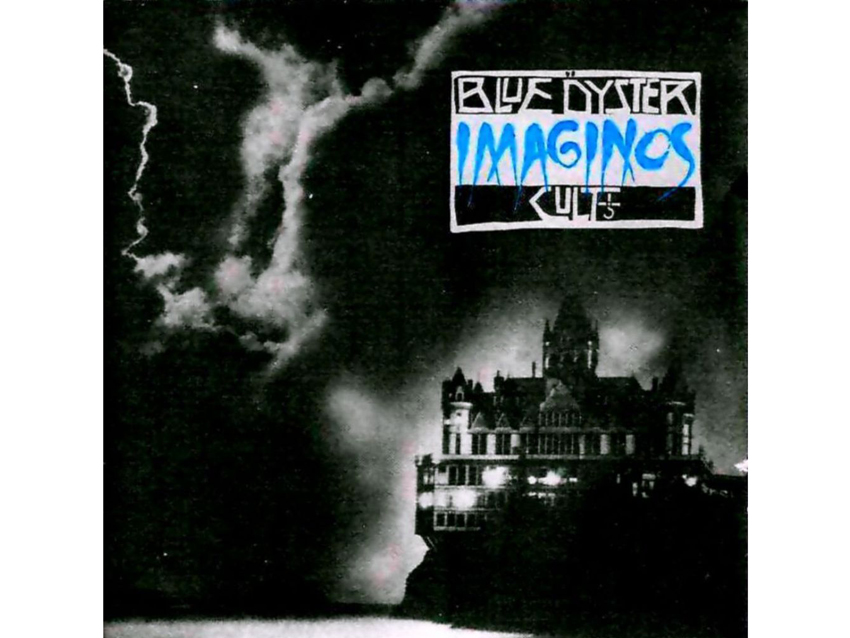
Imaginos (1987)
“Imaginos is like the Blue Oyster Cult album that isn’t a Blue Oyster Cult album. It was kind of an Alan Parsons Project-type thing that Sandy worked on with Albert – this was after Albert was let go from the band in 1981. It’s really a concept album the two of them did. The label didn’t want to put it out for a while, but it was eventually issued as a BOC record.
“I wrote the song called Subhuman in the band house in Eatons Neck. It was on the Secret Treaties album. Originally, it was called Blue Oyster Cult, but we couldn’t call it that because it was the name of the band. It reappears as Blue Oyster Cult on Imaginos.
“The album was Sandy’s long, epic poetry that he wrote in the ‘60s. He and Albert did it with studio musicians. It took three years and hundreds of thousands of dollars for it to finally be finished, and then Columbia didn’t want to put it out. It sat on the shelf.
“Finally, it was put to us that the label would put it out if it was called a Blue Oyster Cult record and if Donald and I sang the material. Buck and I went into the studio, we played and sang, and that’s how it ended up what it is. On one hand, it sounds like a BOC record, but on the other hand, it’s kind of a left-field record. For a concept record, it works. It’s definitely different.”

Joe is a freelance journalist who has, over the past few decades, interviewed hundreds of guitarists for Guitar World, Guitar Player, MusicRadar and Classic Rock. He is also a former editor of Guitar World, contributing writer for Guitar Aficionado and VP of A&R for Island Records. He’s an enthusiastic guitarist, but he’s nowhere near the likes of the people he interviews. Surprisingly, his skills are more suited to the drums. If you need a drummer for your Beatles tribute band, look him up.
"Reggae is more freeform than the blues. But more important, reggae is for everyone": Bob Marley and the Wailers' Catch a Fire, track-by-track
“Part of a beautiful American tradition”: A music theory expert explains the country roots of Beyoncé’s Texas Hold ‘Em, and why it also owes a debt to the blues
"Reggae is more freeform than the blues. But more important, reggae is for everyone": Bob Marley and the Wailers' Catch a Fire, track-by-track
“Part of a beautiful American tradition”: A music theory expert explains the country roots of Beyoncé’s Texas Hold ‘Em, and why it also owes a debt to the blues









